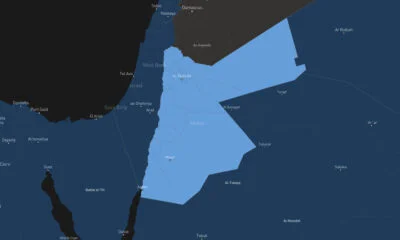News
4 Smartphones Coming To The Middle East This Spring
These are some of the best smartphones making their way to the Middle East over the next few weeks.
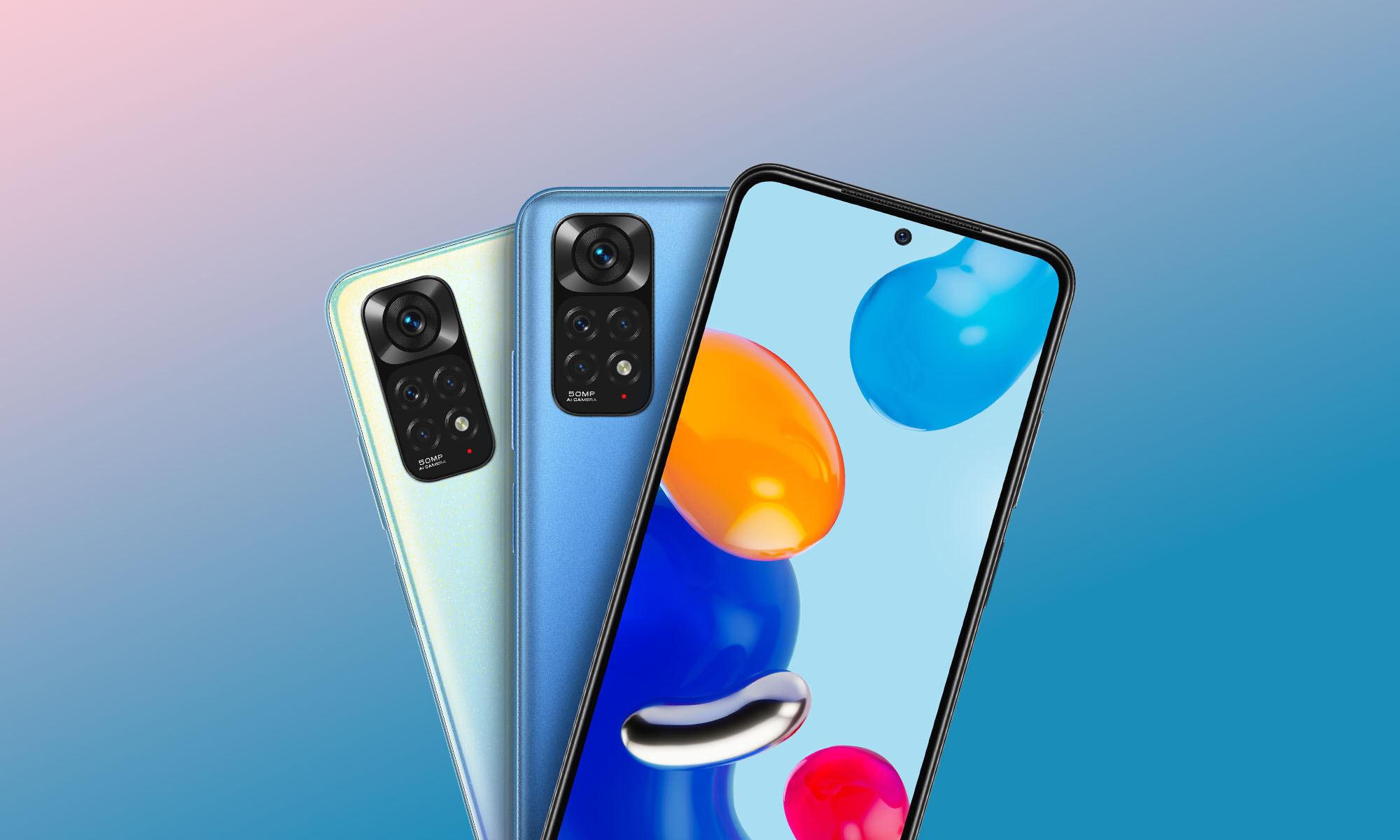
The recently introduced iPhone SE 3 is just one of many new smartphones that you should consider if you’re in store for a new device this spring. Let’s take a look at four Android smartphones coming to the Middle East as early as next week.
Samsung Galaxy S22/S22+/S22 Ultra
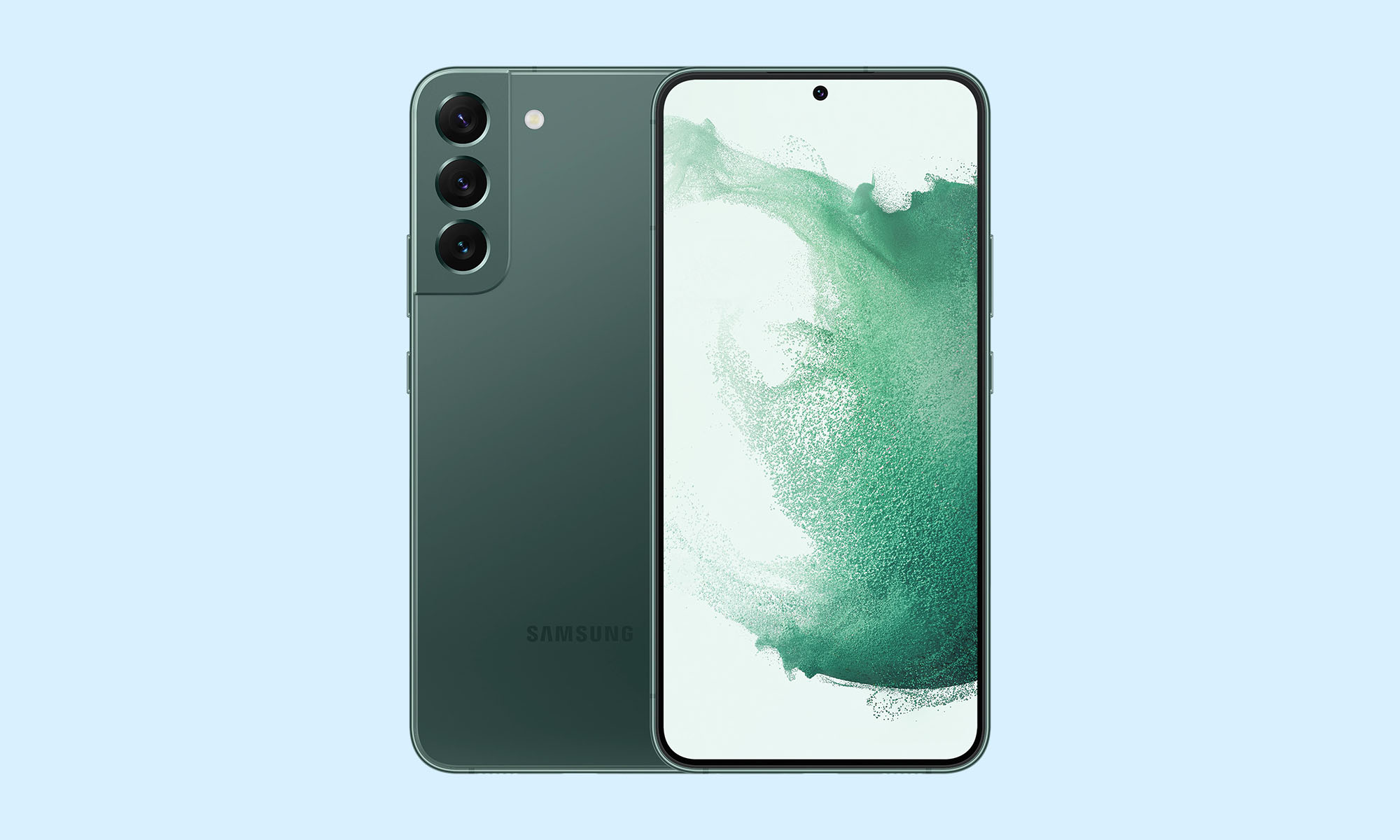
Since the end of February, buyers in the Middle East have been able to pre-order Samsung’s latest generation of its flagship devices. While not a whole lot has changed over the S21, the end products still represent the very best that Samsung and the Android ecosystem have to offer. The three models differ not only in size but also in terms of features, with the S22 Ultra being the only model that comes with the S Pen.
The Galaxy S22 will be available starting March 20 at $890 USD for the standard model, $1,050 USD for the S22 model, and $1,300 USD for the beefed up Ultra model.
Nokia G11 & G21

Even though the Nokia G11 costs almost ten times less than the Samsung Galaxy S22 Ultra ($136 USD versus $1,300 USD for the top model), they both have a similar 5,000 mAh battery, enabling them to run for approximately three days on a single charge. The G21 also has a large battery, but it costs $174 because of its slightly better specifications.
The G11 will be available in the Middle East at the end of March, while the G21 has just recently been made available.
Huawei P50 Pro & P50 Pocket
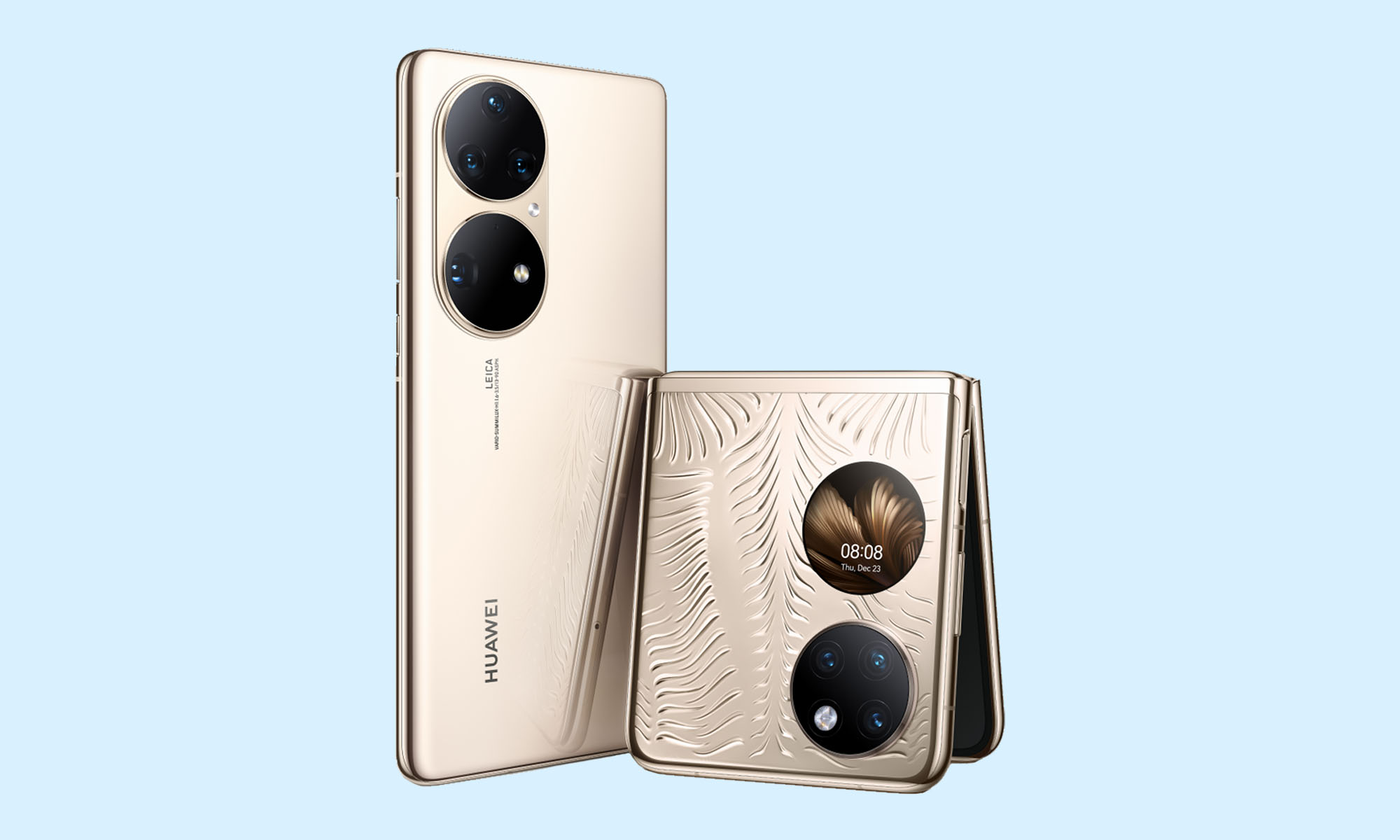
The Huawei P50 Pro and P50 Pocket are the latest and greatest Android smartphones from the Chinese smartphone maker, and they’re both available for pre-order in the Middle East at the time of writing this article. Just like all other Huawei Android smartphones, they don’t come with Google apps pre-installed, but there are many online tutorials that explain how to install them manually.
You can expect to pay $1,100 USD for the P50 Pro, and $1,400 USD for the P50 Pocket.
Xiaomi Redmi Note 11/11S/11 Pro/11 Pro 5G
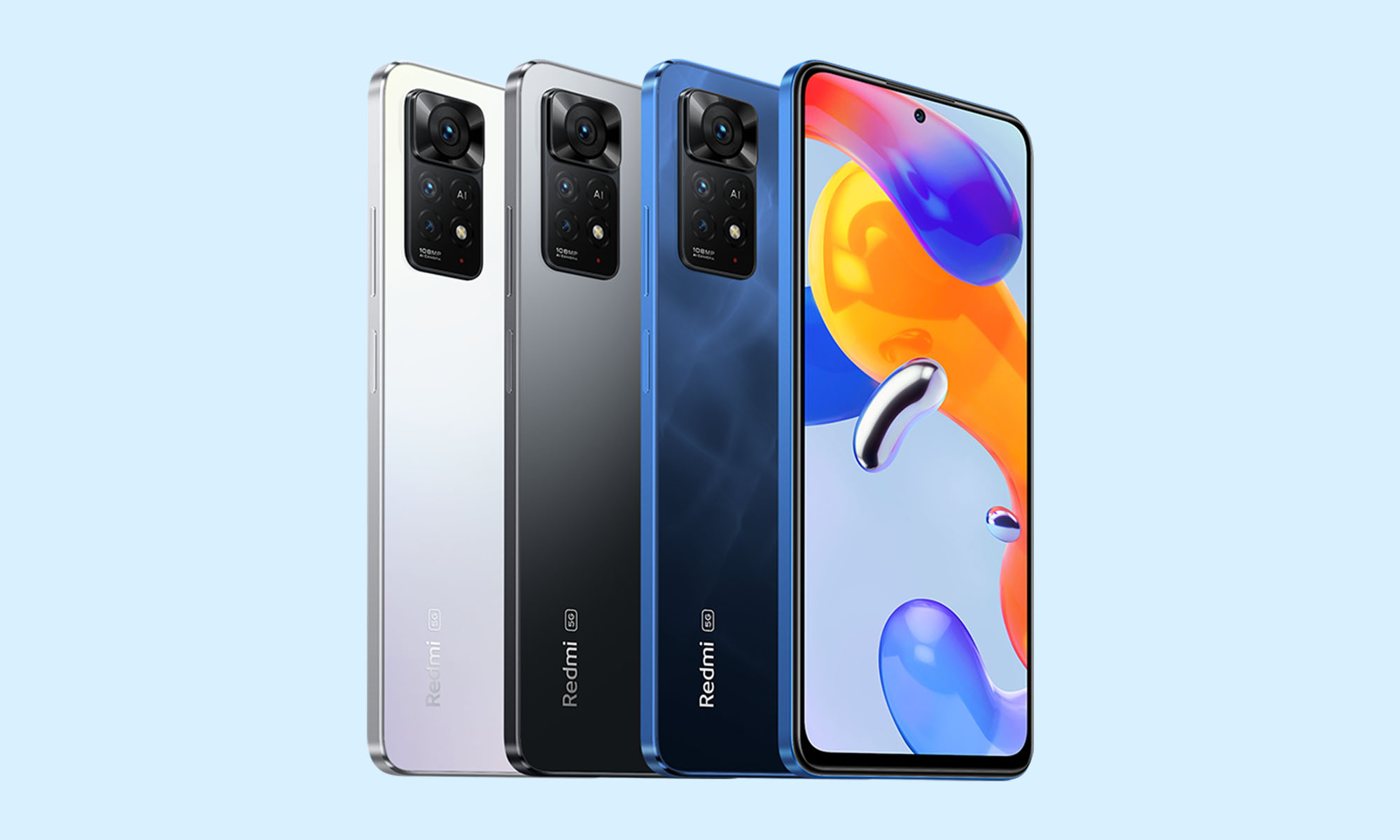
The entire Redmi Note 11 series of Xiaomi smartphones will be available in the Middle East by the early April, offering many attractive mid-range models with above-average specifications. The two top models even have a super-fast 120 Hz screen refresh rate, a feature that is highly sought-after by mobile gamers.
The Note 11 and Note 11S have a refresh rate of 90 Hz, which is decent but not super-impressive these days. The Redmi Note 11 base model will start at $200 USD.
News
Google Releases Veo 2 AI Video Tool To MENA Users
The state-of-the-art video generation model is now available in Gemini, offering realistic AI-generated videos with better physics, motion, and detail.

Starting today, users of Gemini Advanced in the MENA region — and globally — can tap into Veo 2, Google’s next-generation video model.
Originally unveiled in 2024, Veo 2 has now been fully integrated into Gemini, supporting multiple languages including Arabic and English. The rollout now brings Google’s most advanced video AI directly into the hands of everyday users.
Veo 2 builds on the foundations of its predecessor with a more sophisticated understanding of the physical world. It’s designed to produce high-fidelity video content with cinematic detail, realistic motion, and greater visual consistency across a wide range of subjects and styles. Whether recreating natural landscapes, human interactions, or stylized environments, the model is capable of interpreting and translating written prompts into eight-second 720p videos that feel almost handcrafted.
Users can generate content directly through the Gemini platform — either via the web or mobile apps. The experience is pretty straightforward: users enter a text-based prompt, and Veo 2 returns a video in 16:9 landscape format, delivered as an MP4 file. These aren’t just generic clips — they can reflect creative, abstract, or highly specific scenarios, making the tool especially useful for content creators, marketers, or anyone experimenting with visual storytelling.
Also Read: Getting Started With Google Gemini: A Beginner’s Guide
To ensure transparency, each video is embedded with SynthID — a digital watermark developed by Google’s DeepMind. The watermark is invisible to the human eye but persists across editing, compression, and sharing. It identifies the video as AI-generated, addressing concerns around misinformation and media authenticity.
While Veo 2 is still in its early phases of public rollout, the technology is part of a broader push by Google to democratize advanced AI tools. With text-to-image, code generation, and now video creation integrated into Gemini, Google is positioning the platform as a full-spectrum creative assistant.
Access to Veo 2 starts today and will continue expanding in the coming weeks. Interested users can try it out at gemini.google.com or through the Gemini app on Android and iOS.


























